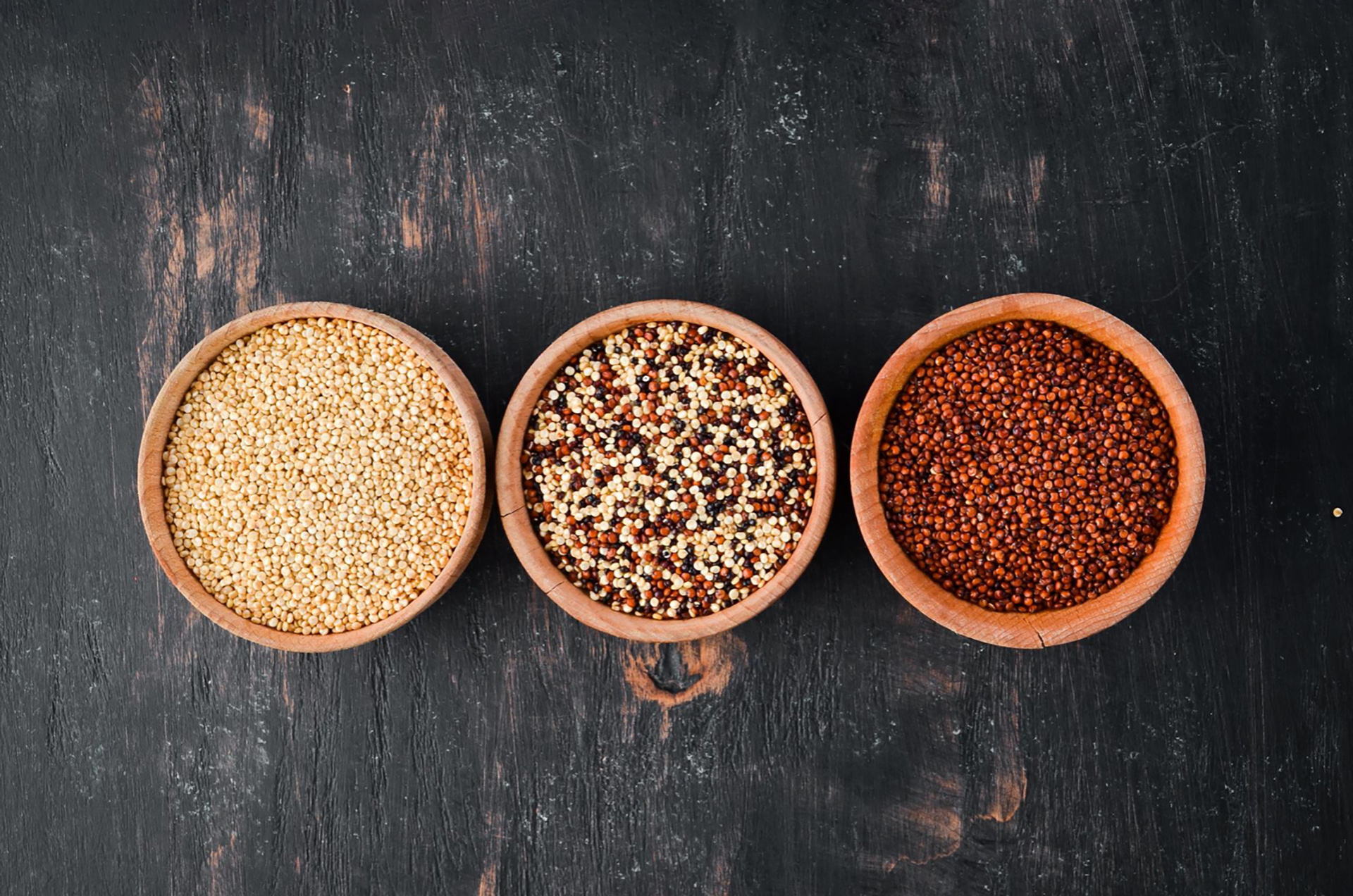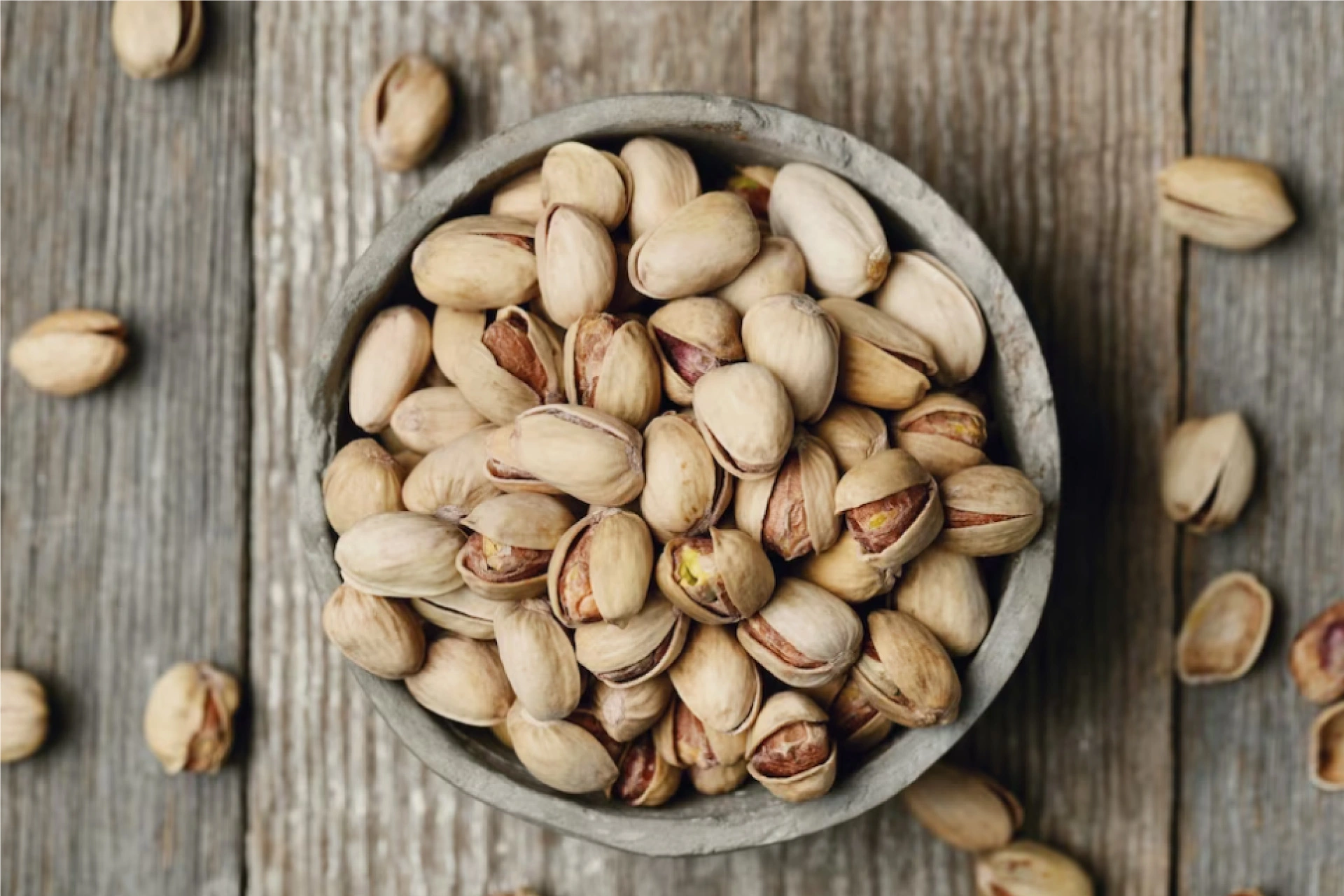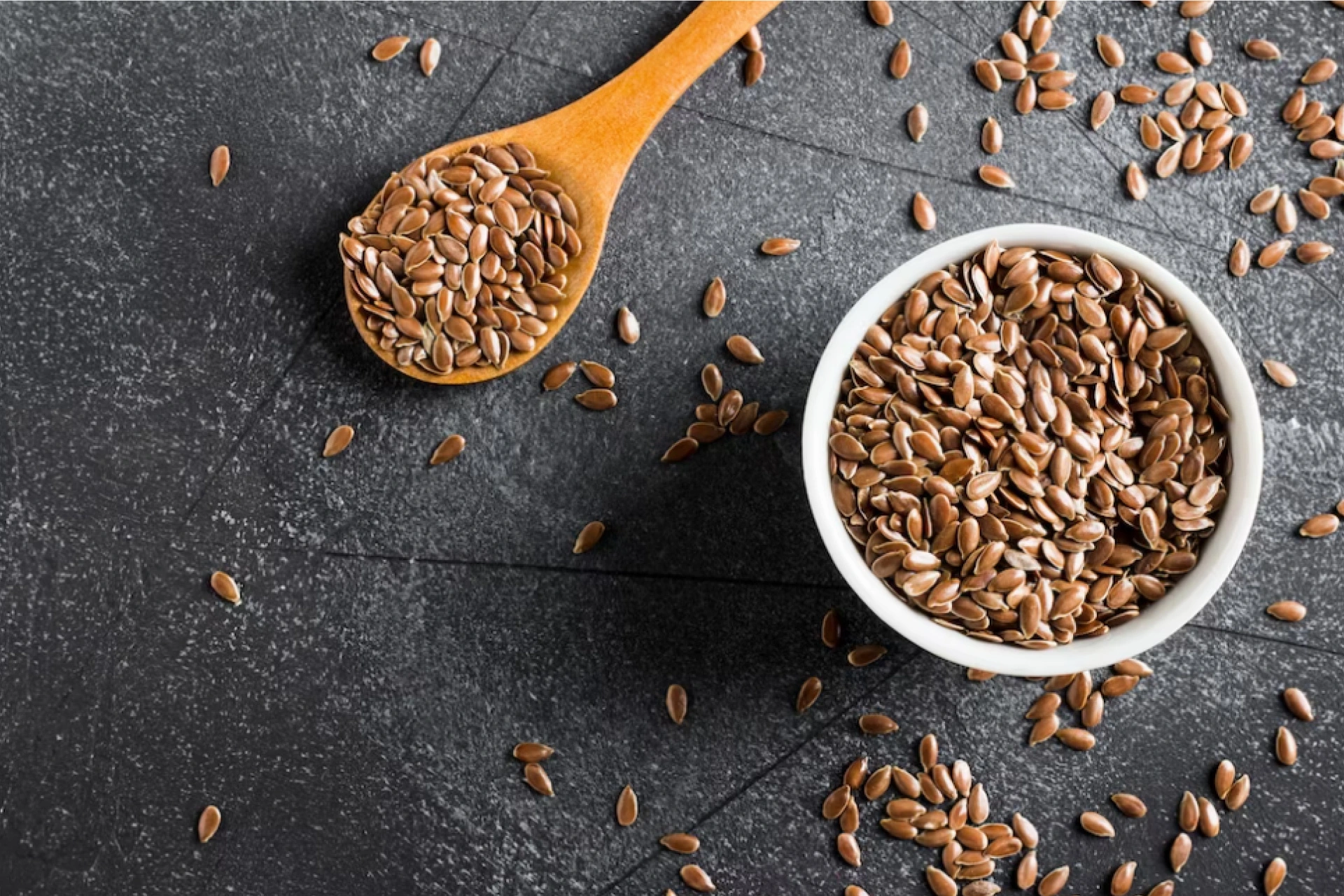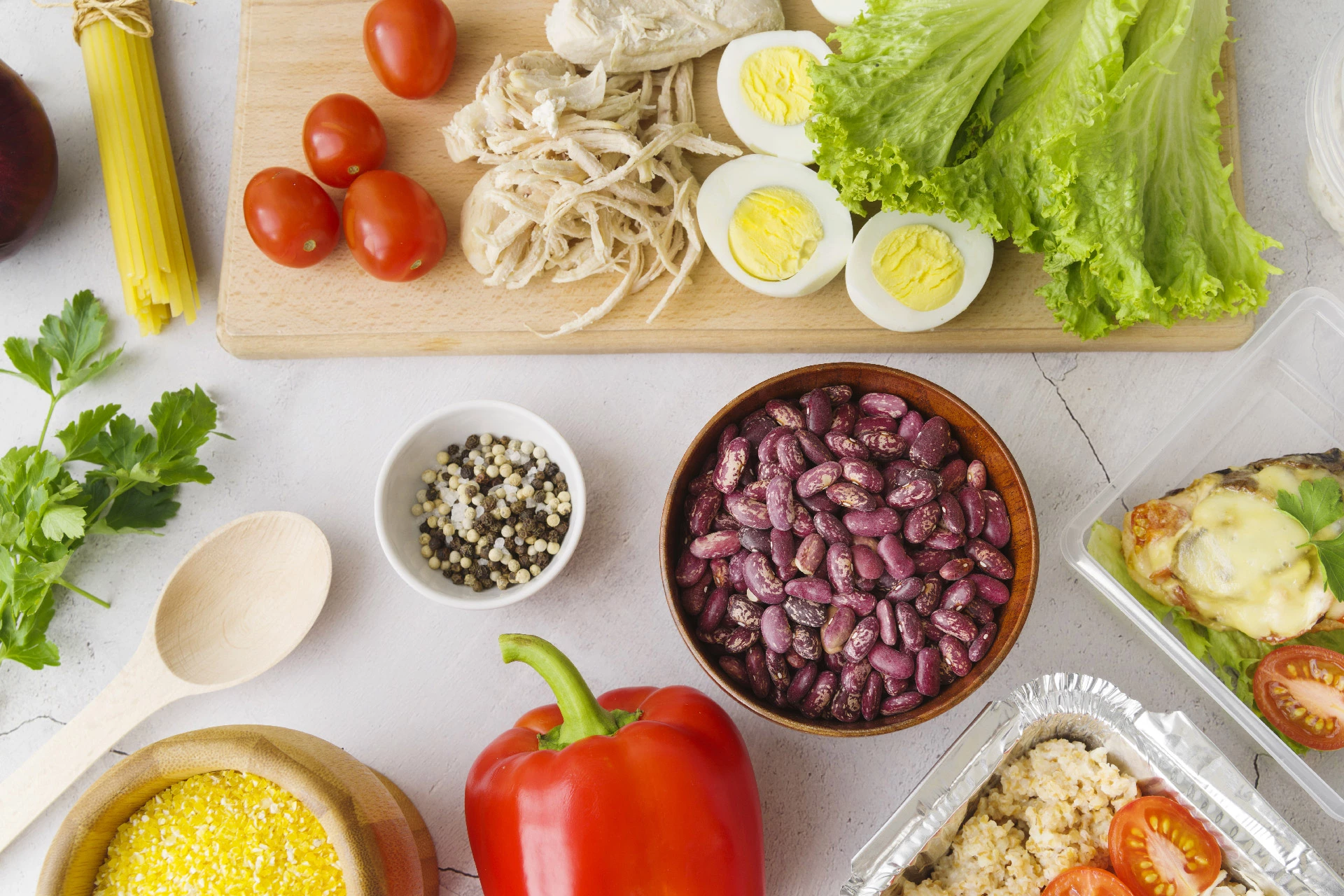Nutrition | 7 min read
Millets: Meaning, Types and Their Nutritional Value
Medically reviewed by
Table of Content
Key Takeaways
- Millets are gluten free grains and the 6th most important grains in the world
- Buckwheat, foxtail, pearl, and finger are some common types of millets in India
- Improved heart & bone health are common benefits of different types of millets
What is Millet?
Millets are indigenous superfoods that are rich in vitamins, minerals, fibers, and protein. Is millet wheat free? Yes. Millets are among the top gluten-free grains and can help eliminate toxins from your body. Their nutritional components promote good health. Different types of millet benefit your health in different ways. Potential benefits of gluten-free millet in India include improved heart and digestive health as well as weight loss.
Millets are also famous for their other properties. They are low-maintenance and drought-resistant, which allows them to thrive in semiarid environments. They also grow very quickly and mature in as little as 60 days, which is almost half the time of wheat or rice. Millets are also the 6th most important cereal grain around the world [1]. This makes them a must-add to your gluten-free grain and flour list. India is among the largest producers of millets and you can find around 9 types of millets in the country.
What are the different types of millet?
Sorghum millet (Jowar)
Sorghum Millet (Jowar) is a popular millet for making rotis and other bread in India. Locally, it is referred to as Jowar. Organic Jowar is high in protein, iron, and fiber and can help decrease cholesterol due to the presence of policosanols. Jowar is a more nutritious option for people who are allergic to wheat. Besides being high in calories and macronutrients, Jowar also contains more antioxidants than pomegranates and blueberries. Sorghum promotes metabolism.
Little millet
Little millet is a prominent one among millets. They are also known as Kutki, Shavan, Moraiyo, and Sama. They are high in vitamin B and minerals, including iron, zinc, calcium, and potassium. Small millet is widely used in several traditional recipes in India's southern states. It does not make you gain weight and is a healthier option than rice.

Barnyard millet
Sanwa is another name for barnyard millet, which is well-known among millets. It has a lot of dietary fiber, which helps with digestion and promotes weight loss. Its abundance of phosphorus and calcium can increase bone density.
Broomcorn millet
Broomcorn, also called Chena in India, has a low glycemic index and can help balance blood sugar levels. It is a healthy option to include in a diabetic person's daily diet. Regarding nutrition, switching to a Millet diet can be a beneficial change. Millets can be purchased online, with organic varieties available from several brands.
Kodo millet
Kodo millet, also called Kodon millet, is a digestible kind with higher levels of the amino acid lecithin. It has a substantial influence on nervous system strengthening. It is also an excellent source of B vitamins, particularly folic acid, niacin, and B6, as well as other minerals and vitamins. Minerals, including magnesium, potassium, iron, calcium, and zinc, are present. It is ideal for people who are gluten intolerant as it's gluten-free. When postmenopausal women consume it regularly, it can alleviate cardiovascular diseases such as excessive cholesterol and high blood pressure.
Proso millet (Barri/Chena)
This grain, often called broom corn millet, is mainly found in the drier regions of Europe, Asia, North America, Africa, and Australia. Less water is needed for the growth of this crop.
Browntop millet (Korle)
This millet variety is primarily produced in Andhra Pradesh and Karnataka. This millet can be grown even on less fertile soil. It aids in detoxifying the body as it improves digestion. Consuming browntop millet frequently can mitigate the problems such as constipation.
- Barnyard Millet (Sanwa)
- Sorghum (Jowar)
- Pearl Millet (Bajra)
- Kodo Millet
- Finger Millet (Nachni, Ragi)
- Little Millet (Kutki)
- Foxtail Millet (Korra)
- Proso Millet (Chena)
- Amaranth (Rajgira)
Apart from this, you can also find Buckwheat and Browntop millet.
Read on to know the most popular 5 types of millets in the country and their health benefits.
Additional Read: Quinoa BenefitsFinger millet
More commonly known as Ragi, it is generally used as a healthier substitute for wheat or rice. It is rich in multiple micro and macronutrients and aids brain development in children. Ragi also has antimicrobial properties and can help reduce blood sugar levels. It is one of the gluten free grains that can promote bone health and repair injured muscle tissue. Ragi also revives your hair and skin health.
Nutritional value of 100g of finger millet
- Carbs – 66.82g
- Fiber – 11.18g
- Vitamin B3 – 1.34mg
- Folate – 34.66mg
- Iron – 4.62mg
- Calcium – 364mg
- Energy – 320.75
- Protein – 7.16g
You can include finger millet in your diet by using it to make cheela, dosa, upma, or roti.
Pearl millet
Also known bajra, this is one of the most nutrient-dense types of millets in India. Regular consumption of this millet can help fight type 2 diabetes. It also helps promote heart and bone health and reduces cholesterol. Pearl millet can also help you treat stomach ulcers and aid in weight loss.
Nutritional value of 100g of pearl millet
- Protein – 10.96 g
- Folate – 36.11 mg
- Iron – 6.42 mg
- Fiber – 11.49 g
- Carbs – 61.78 g
- Vitamin B3 – 0.86 mg
- Calcium – 27.35 mg
- Energy – 347.99
You can use pearl millet to make upma, khakhra, parathas, roti, or khichdi.
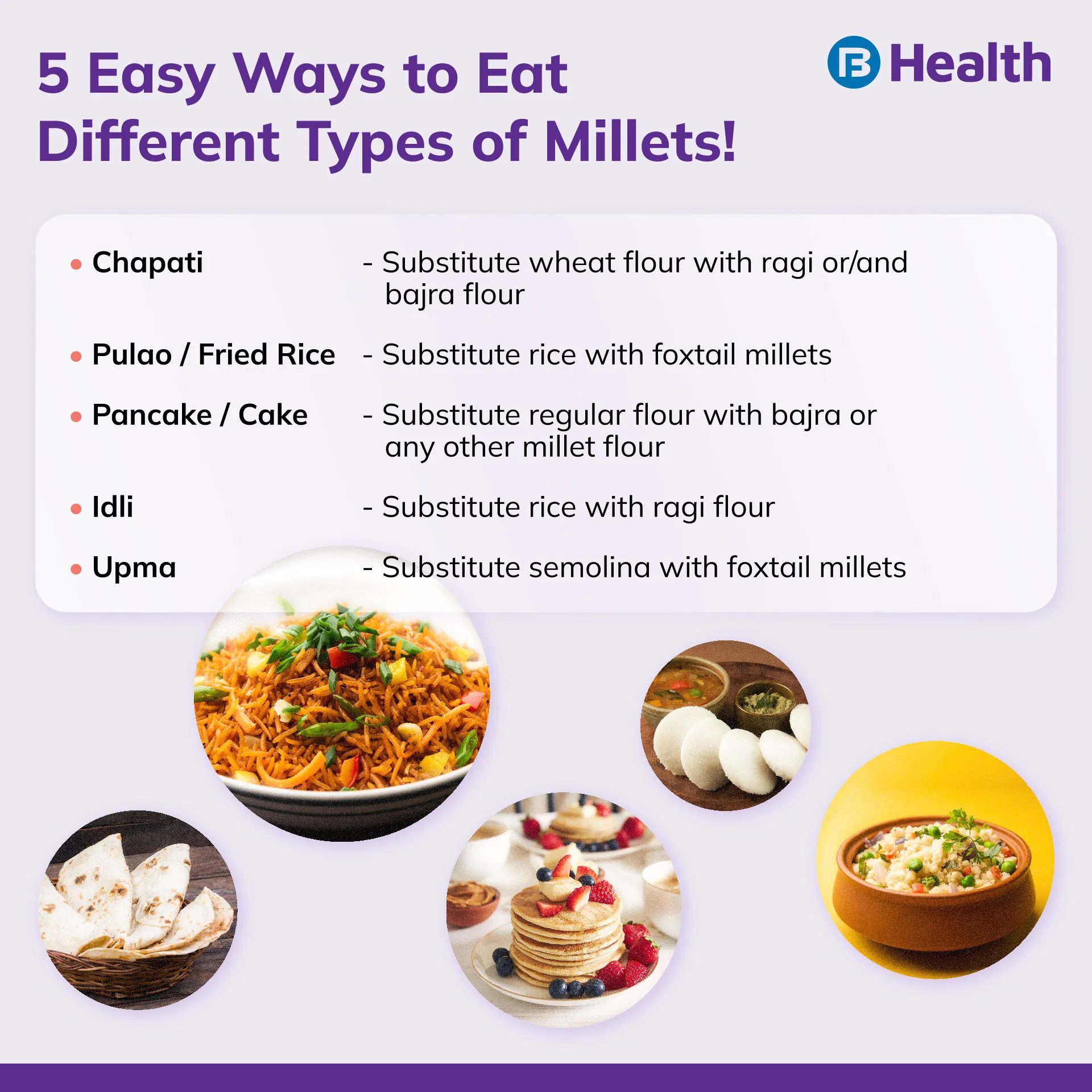
Amaranth
Also known as rajgira or ramdana, this is among the top gluten free foods that is rich in calcium and protein. As a result of its calcium content, it also helps reduce the risk of osteoporosis. Amaranth also stimulates your immune system and decreases cholesterol. It also has antioxidant and anti-allergic properties. Apart from this, amaranth can also help reduce anemia.
Nutritional value of 100g of Amaranth
- Energy – 356.11
- Calcium – 181mg
- Iron – 9.33mg
- Carbohydrate – 59.98g
- Fiber – 7.02g
- Folate – 27.44 mg
- Vitamin B3 – 0.45mg
- Protein – 14.59g
Amaranth is generally used in chikki, laddoo, tikkis, cupcakes, salads, cookies, and flour.
Foxtail millet
Commonly known as Kangni or Kakum, it is a rich source of carbohydrates. It is among the different types of millets that help balance blood glucose levels in your body. These millets are also rich in iron and can help improve your overall immunity. Foxtail millets also boost your heart health and help maintain skin and hair health. It helps ensure proper function of your nervous system and maintain your bone and muscle health.
Nutritional value of 100g of foxtail millet
- Protein – 12.30g
- Carbohydrates – 60.09g
- Energy – 79.11
- Vitamin B3 – 3.20mg
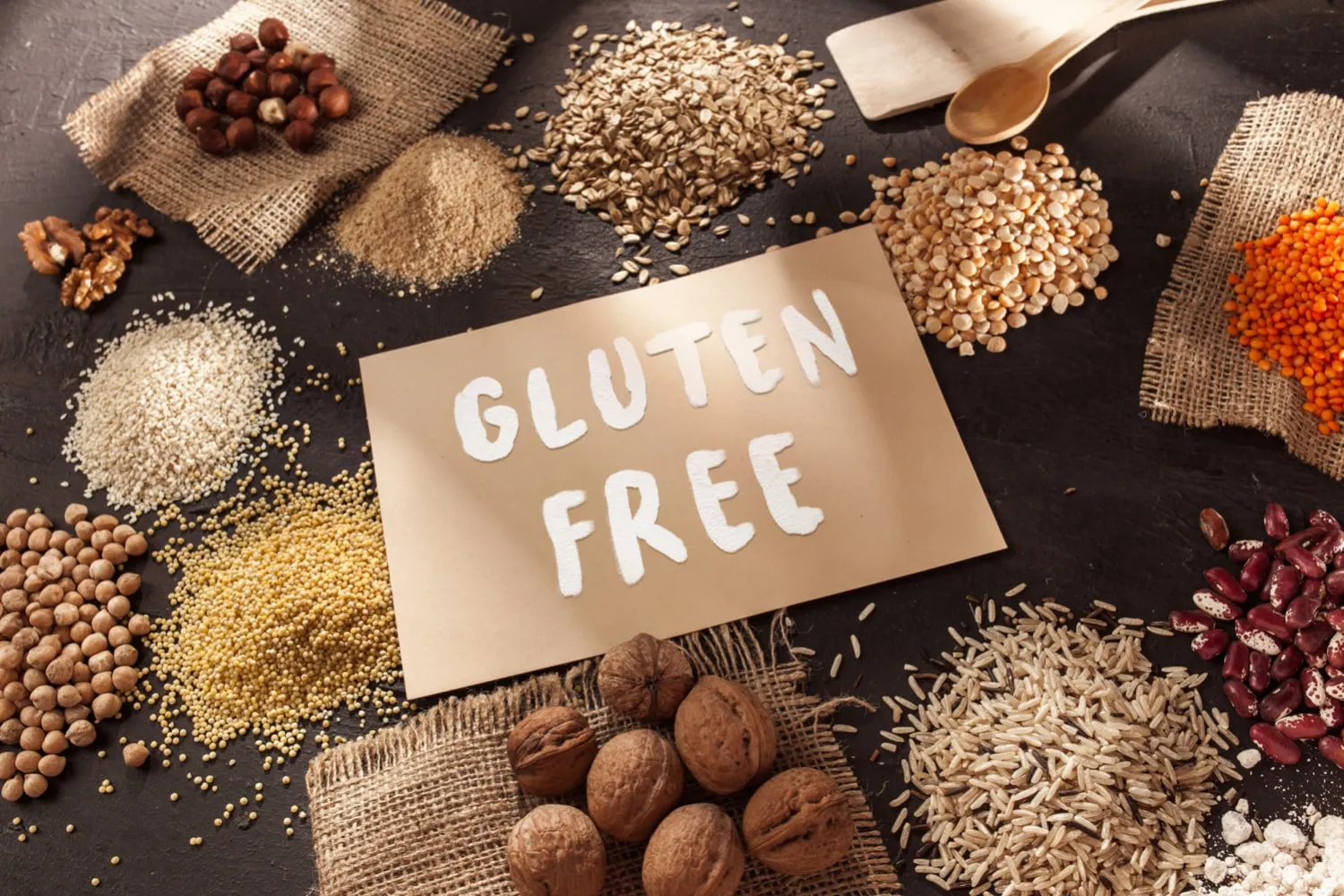
Buckwheat millet
This is one of the most common type of gluten free millets in India and is also known as Kuttu. It is generally used during fasting and is also diabetic friendly. Buckwheat also helps reduce blood pressure and protects you from gallstones and asthma. You can also include this millet into your diet to lose weight. It can also help protect you from breast cancer, other hormone dependent cancers, and heart disease [2].
Nutritional value of 100g of buckwheat millet
- Fiber – 2.7g
- Protein – 3.38g
- Folate – 14mg
- Calcium – 7mg
- Iron – 0.8mg
- Carbohydrates – 19.90g
- Energy – 92.01
- Potassium – 88mg
- Magnesium – 51mg
- Vitamin B3 – 0.94mg
You can use buckwheat millet to make khichdi, puri, laddoo, cheela, cutlets, and dosas.
Additional Read: What are MacronutrientsNow that you know how many types of millets are there in India, be sure to make the most of them. Millet is one of the gluten free foods that is easy to add into various dishes. Be sure to include millets in moderation because excess consumption can lead to side effects. Book a doctor consultation on Bajaj Finserv Health to talk to top nutritionists on how to best add millets to your diet. This way, you can also understand the types of millets for a gluten-free diet plan if you want to increase your energy, lose weight and reduce inflammation.
References
Disclaimer
Please note that this article is solely meant for informational purposes and Bajaj Finserv Health Limited (“BFHL”) does not shoulder any responsibility of the views/advice/information expressed/given by the writer/reviewer/originator. This article should not be considered as a substitute for any medical advice, diagnosis or treatment. Always consult with your trusted physician/qualified healthcare professional to evaluate your medical condition. The above article has been reviewed by a qualified doctor and BFHL is not responsible for any damages for any information or services provided by any third party.
